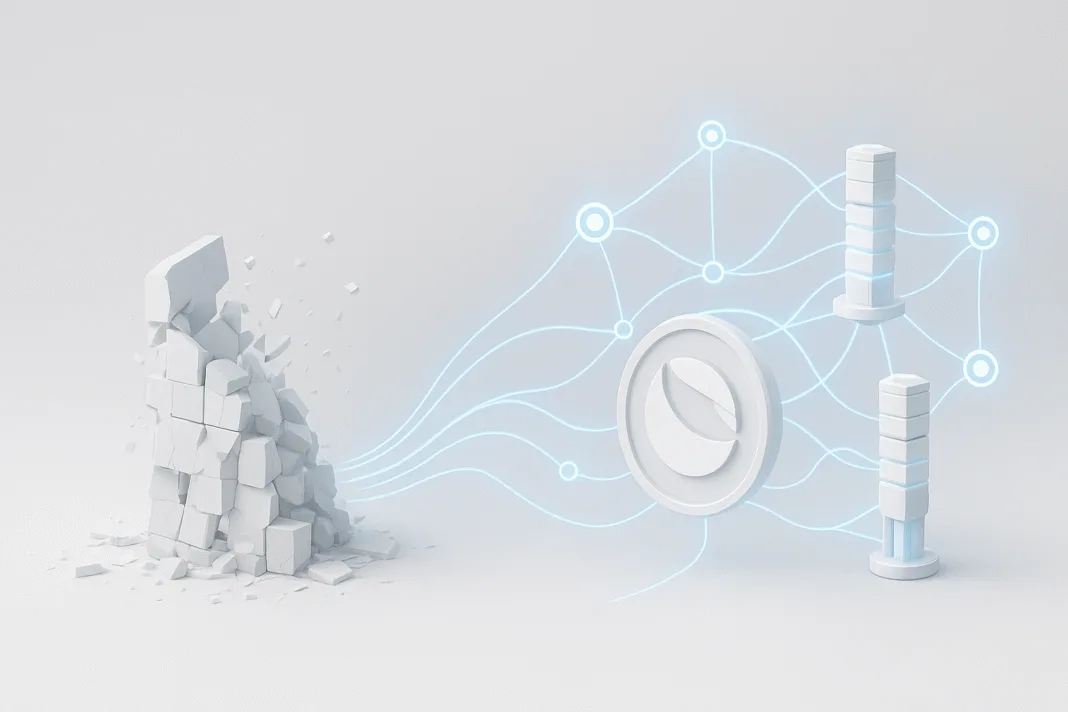The collapse of UST in 2022 was one of the most dramatic events in crypto history, leaving many to question the future of Terra Classic (LUNC). While the algorithmic stablecoin model failed, the chain itself did not disappear. Today, Terra Classic continues to hold a distinct value proposition, driven by its resilient community, active development, and ongoing utility within the broader Cosmos ecosystem.
One of Terra Classic’s core strengths is its fully functional blockchain infrastructure. Despite the loss of UST’s peg, the network still supports smart contracts, decentralized applications (dApps), and staking. Validators and delegators secure the chain, with users earning staking rewards in LUNC while contributing to decentralization and governance. This makes LUNC more than just a speculative asset—it remains a working layer-1 blockchain.
Governance is another area where Terra Classic remains active. The community frequently votes on proposals to guide the chain’s future, from parameter adjustments to major technical upgrades. These decisions demonstrate that the ecosystem is not abandoned; it is evolving under decentralized leadership.
Additionally, Terra Classic has retained compatibility with the Cosmos SDK and Inter-Blockchain Communication (IBC), enabling cross-chain functionality. Developers can still build dApps, leverage CosmWasm smart contracts, and explore interoperability with other chains. This makes the chain attractive for experimentation, especially with its lower transaction fees compared to larger networks.
Perhaps the most significant value proposition is the community itself. LUNC has one of the most passionate and engaged user bases in crypto, committed to revitalizing the chain through burns, staking, and grassroots initiatives. While Terra Classic may never return to its former role as a stablecoin hub, its continued utility as a decentralized, community-driven blockchain ensures it still has relevance in today’s crypto landscape.

